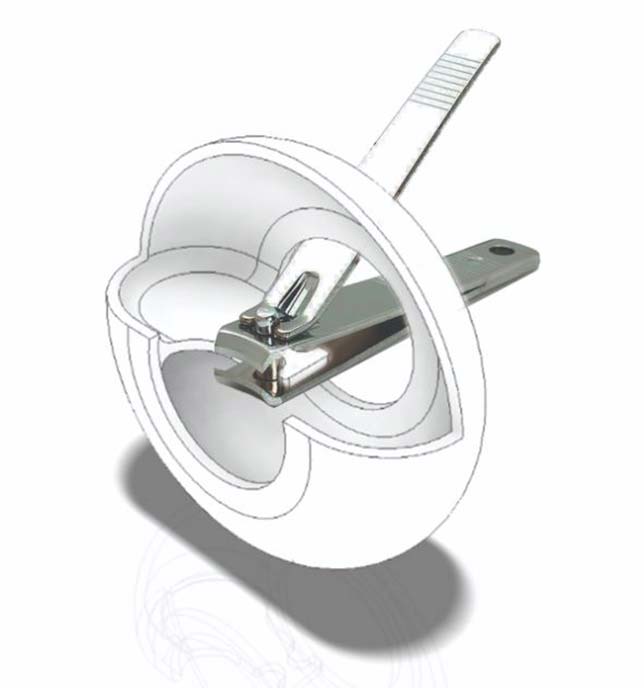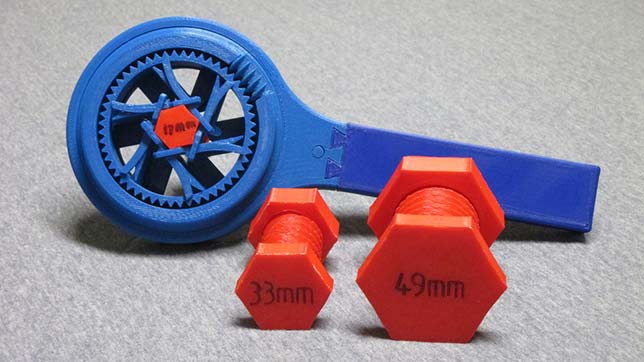Extreme Redesign Challenge Calls on Students to Submit 3D Designs
- By Dian Schaffhauser
- 10/22/18
College, middle and high school students have the opportunity to win scholarships by showing off their 3D design prowess in Stratasys' annual "Extreme Redesign Challenge." Students can either create and submit an original design for jewelry, art or architecture in one category or make an existing design better for another category.
The idea is to encourage students to come up with the "most creative, mechanically sound and realistically achievable design using 3D printing." However, access to a 3D printer isn't essential to entering the competitions; challengers simply need to create and submit design files in STL format with a description that highlights the design's "inspiration, meaning and impact."

This nail clipper add-on by Brenner Kar and Jake Klahorst at Grand Haven High School took first place in the 2018 Stratasys Extreme Redesign Challenge.
During 2018's version of the event, winners included two students from Grand Haven High School in Michigan, who devised the "nail shield," a circular add-on device that fits onto a nail clipper to protect the user from "flying clippings" and catch them for later disposal. A runner-up at Newberg Senior High School in Oregon came up with a new design for the Rubik's Cube to reduced physical factors that might slow down players doing "speedcubing."
Higher ed winners included a student from the University of Alabama, who designed an adjustable ratchet wrench; another from Iowa State, who developed a modular hydroelectric generator; and a third from the Milwaukee Institute of Art & Design, who created a new design for a table lamp.

This design for an adjustable ratchet wrench by Thomas Salverson at the University of Alabama won an award during the 2018 Stratasys Extreme Redesign Challenge.
The first-place winner for each of the two categories will receive a $2,500 scholarship; plus, their instructor will get a demonstration 3D printer from Stratasys for temporary use in the classroom. The second-place prize is a $1,000 scholarship. In addition, the top 10 entrants will receive a 3D printed model of their designs and Stratasys apparel.
Additional information for the art, jewelry and architecture challenge and the engineering redesign challenge is available on the GrabCAD Community site.
About the Author
Dian Schaffhauser is a former senior contributing editor for 1105 Media's education publications THE Journal, Campus Technology and Spaces4Learning.